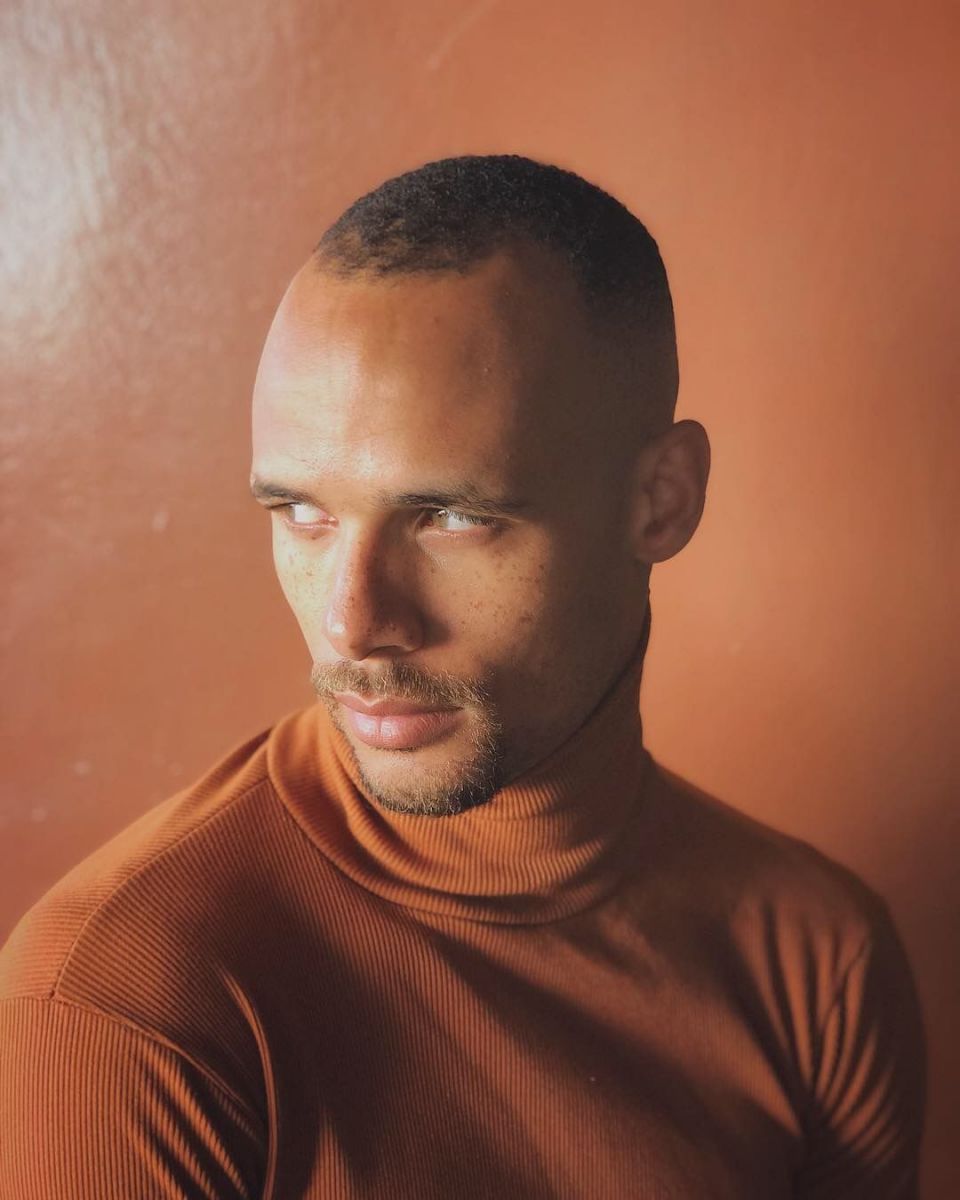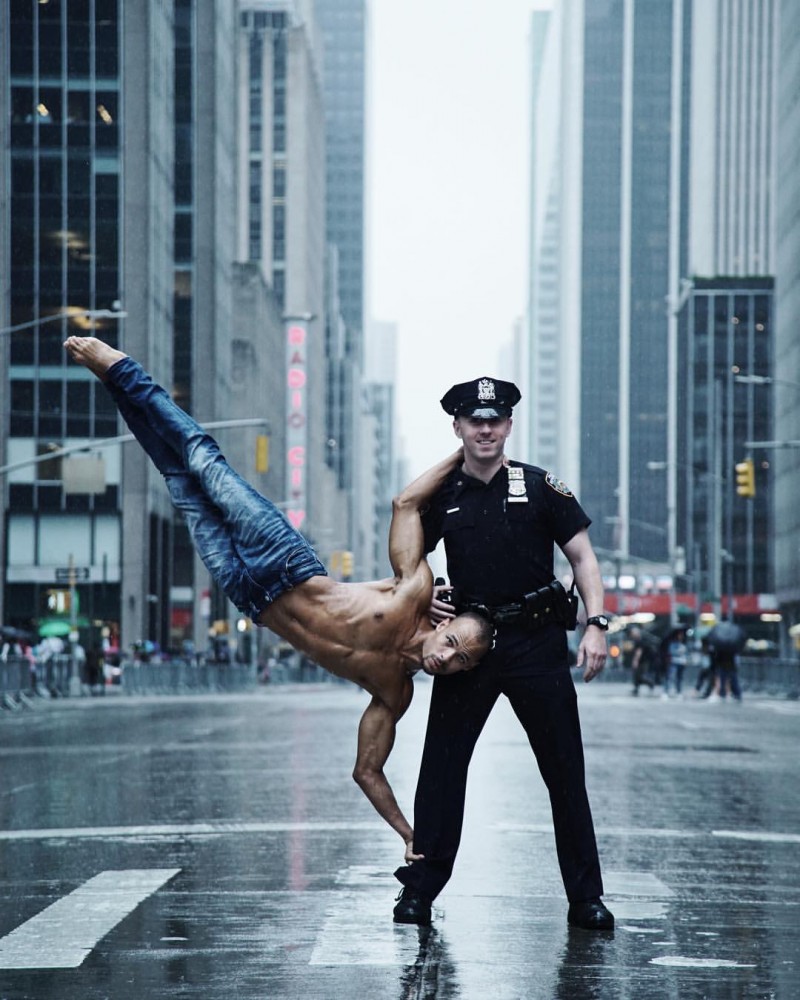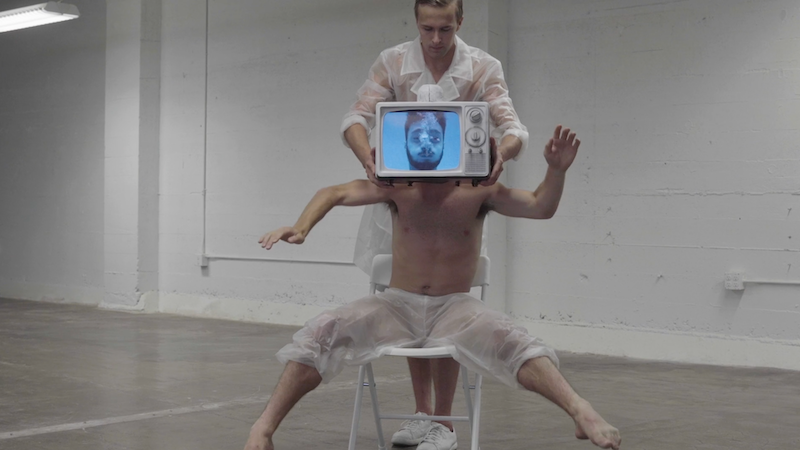Creativity in Screendance

Long before the formulation of the world’s first MA in Screendance by the LCDS, the genre had already dated as far back to the early days of cinema. Gene Kelly emerged as a prominent figure during the 1940s and 50s after he starred in and co-directed the classic film "Singin' in the Rain" (1952). In contemporary cinema, dance continues to play a significant role through films such as "Black Swan" (2010), "La La Land" (2016), which have all brought dance back into the spotlight for the next generation of creators to continue evolving.
One such creator is dancer, choreographer, and creative director hailing from the vibrant city of Los Angeles, California - Mike Tyus. Let's read what he's had to say!
1. Collaboration is key
Amidst my diverse experiences in the performing arts, the most unexpected and invigorating has been delving into filmmaking. Whether it’s a commercial venture, a concise dance clip, or a full-length feature film, one recurring element remains: the multitude of involved personnel. From the performers to the camera crew, production staff, and directors, the sheer scale of the collaborative effort in film, particularly in dance film projects, is remarkable.
The adage 'safety in numbers' certainly holds weight here. More hands mean quicker and potentially more effective work, in theory. Yet, the diversity of talents assembled also significantly impacts the outcome. An overabundance of one skill set often results in redundant functions and internal conflicts. Conversely, the absence of a crucial team member could derail the entire project before it begins.
As a founding member of the esteemed screendance collective, Jacob Jonas the Company, Mike has traversed various creative and administrative tiers. Whether co-creating a platform or initiating a project, collaboration emerges as the linchpin. The complexity of crafting dance for film demands a wealth of knowledge, spanning lens selection, costume intricacies, lighting nuances, and sound composition. The key lies in forming a team capable of bridging knowledge gaps and delivering robust solutions to the challenges inherent in film production, especially within dance.
2. Communication makes things smooth
When you step onto a film set, silence is a rarity and rightly so. Effective communication is the lifeblood of a film set, essential for numerous reasons. Firstly, time is synonymous with money in this industry. Any communication mishaps can directly impact the project's budget and deadlines. Secondly, a well-communicating team fosters a vibrant and engaging work environment. Clear communication ensures that every voice is heard and every task is completed with satisfaction.
As a dancer, choreographer, film director, Mike is a maestro in communication, owing to his adeptness in adapting to various leadership roles. His extensive experience with professional companies like Cirque du Soleil and corporate giants such as Apple has honed his expertise in crafting distinct communication styles.
The collaborative nature of film production demands versatile communication methods. Verbal instructions need constant reinforcement, written notes must be legible, and even body language can come into play, conveying alertness, sincerity, and positivity. Effective communication doesn't just streamline operations; it binds a team together, creating a stronger, more cohesive unit.
3. Critic yourself.
As dance artists, grappling with criticism remains one of our most common frustrations, compounded by the sensitive nature inherent in our profession. Yet, there's a notable distinction between criticism and its not-so-distant counterpart, critique. While both terms relate to evaluating creative work, they carry distinct connotations and approaches.
A critique involves a comprehensive and thoughtful analysis of a piece, aimed at providing insightful feedback and evaluation. Conversely, criticism often emphasizes the negative aspects or faults, lacking constructive guidance for improvement. Critique aims to aid the artist in enhancing their work, while criticism might come off as harsh, judgmental, or unkind, undermining the creator's efforts.
Navigating the delicate balance between self-critique and self-criticism has become a lifelong pursuit for many artists. How does one engage in self-evaluation without it morphing into harsh self-criticism? How can we maintain a positive outlook on our developmental journey? Drawing from Mike’s wisdom, community proves to be key. A supportive network equips artists with resources to discern valuable feedback from noise, bolstering both morale and constructive insights. By believing in the long-term vision while holding oneself accountable with healthy self-critique, we can drown out the negative voices in our heads and focus on both personal and professional growth.
Check out the full episode here
| 22.07.2024 |















